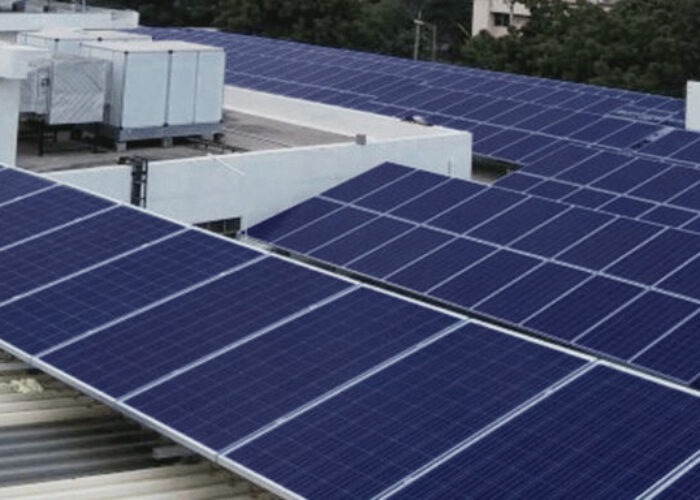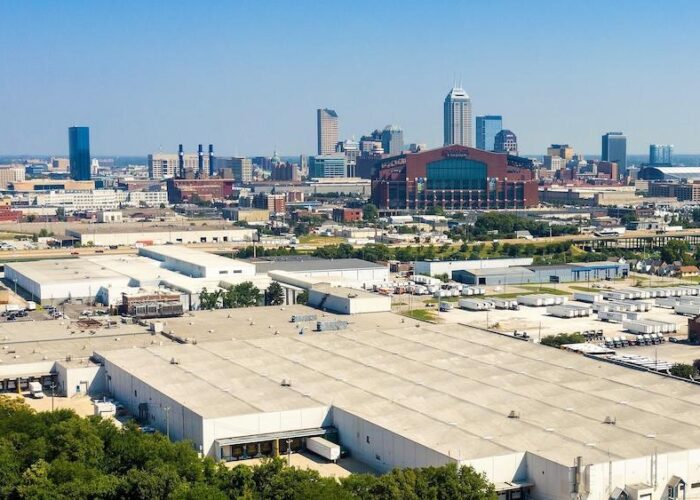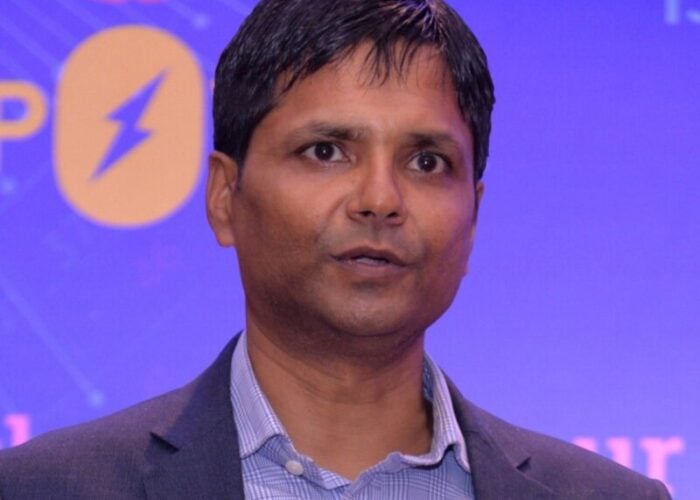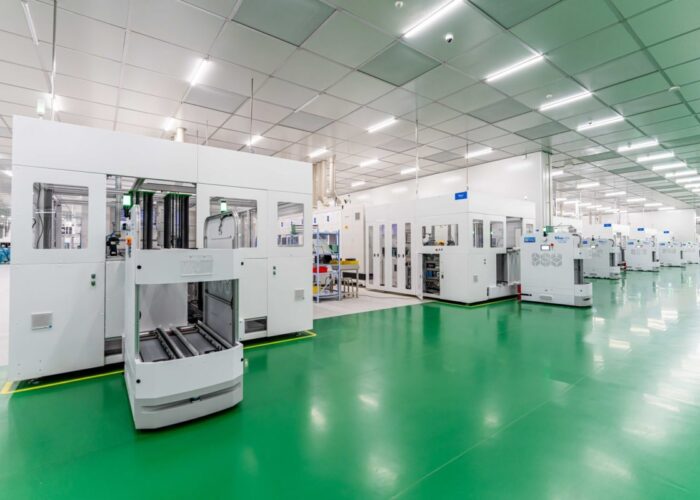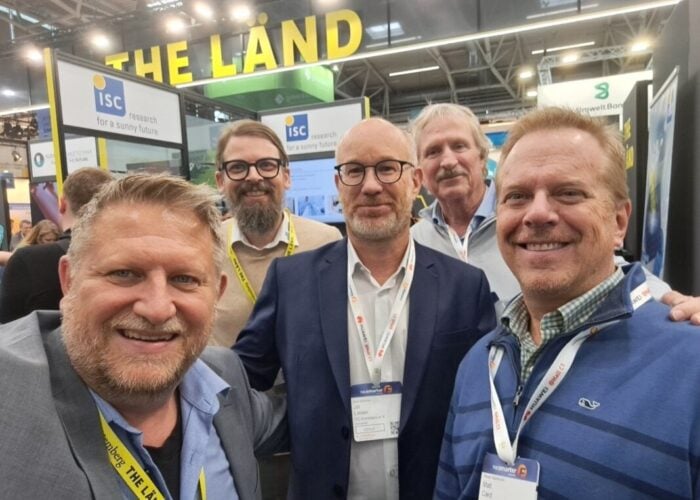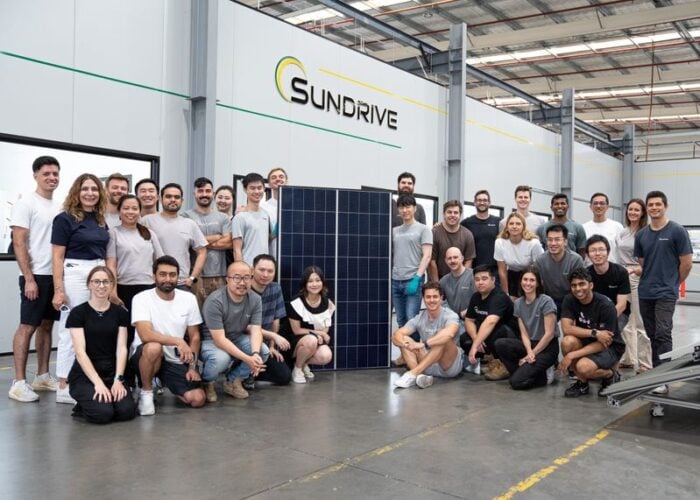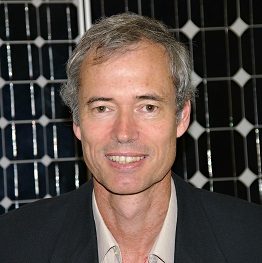
PV CellTech 2017 could not exist without the contributions from the University of New South Wales (UNSW) and its alumni, and it is fitting that several of the talks will be given by this special grouping.
There are many research institutes active in solar cell activities today, and PV CellTech 2017 again features a few of these, but there is only one UNSW. The list of attendees too will be comprised of many people now working globally for leading solar cell manufacturers, that all learned their PV research trade at UNSW. From CEOs to heads of R&D, UNSW graduates occupy many of the leading technical and executive positions across cell manufacturers worldwide.
Unlock unlimited access for 12 whole months of distinctive global analysis
Photovoltaics International is now included.
- Regular insight and analysis of the industry’s biggest developments
- In-depth interviews with the industry’s leading figures
- Unlimited digital access to the PV Tech Power journal catalogue
- Unlimited digital access to the Photovoltaics International journal catalogue
- Access to more than 1,000 technical papers
- Discounts on Solar Media’s portfolio of events, in-person and virtual
The topics of PV CellTech 2017 have dotted-lines that routinely trace back to research activities at UNSW, with PERC and PERT being just two of the acronyms that have become part of the high-efficiency cell vocabulary today in the industry. Go back 30 years, and the research conferences of the day would have been buzzing with Laser Grooved Buried Contact talk that led to BP Solar enacting one of the first major high-efficiency technology-transfer schemes yet seen in the industry.
PV-Tech took time this week to dive a bit deeper into what makes UNSW unique, not simply from a research standpoint, but also in the way it effectively creates an alumni club that typically meets up socially throughout the industry’s global events calendar. Not surprising therefore that UNSW has a dedicated person assigned to managing this activity during the year. Enter Linda Koschier, the Director Strategic Development at the UNSW.
What factors have been key to UNSW being so successful in seeing its alumni in senior positions at leading cell companies today?
Linda Koschier: UNSW has always had strong links with industry since the inception of Suntech [Power] back in 2001 where Dr Zhengrong Shi had the vision to create the largest solar company in the world in close partnership with UNSW. Suntech commercialised the Pluto technology that was jointly developed by Suntech and UNSW. These strong industry links allow UNSW students to gain valuable hands-on experience in a real production setting thereby setting them up to achieve senior position on graduation. As UNSW has been a world leader in solar research for many years we are able to attract the best quality students from around the world and therefore it is not too surprising that they are able to get senior positions in the leading solar companies. We also have the world's only undergraduate PV degree which also helps to attract the best students. In addition our industry partners provide a great opportunity for PhD students to work closely with them. Some examples of our alumni are: Dr Budi Tjahjono, CTO of [Sunrise Global Solar Energy, part of Sino-American Silicon Products (SAS)]; Dr Holger Neuhaus from SolarWorld; Dr Mohan Narayanan from Adani [Group]; and Dr Peter Cousins from SunPower.
Where do you see the role of research institutes in technology transfer today in the solar industry?
The role of the research institute is to complement the industry research centres with new innovations and not compete with them in the standard processes such as the PERC cell where they are already doing very well. For example research centres are better off focusing on innovative processes such as the rear aluminium oxide developed at the Eindhoven University of Technology, and Advanced Hydrogenation developed at UNSW. The other important role of the research institutes is the near future developments in cell technology such as CZTS, Tandem cells and Perovskites.
What are you looking forward to learning at PV CellTech and what kind of people are you most keen to meet up with?
I'm keen to keep up to date with the technologies that each company is focusing on and what is in their future roadmap. This is key to how we approach them for potential collaboration. I'm keen to meet up with the CTO's and senior technical people from the cell manufacturers as these are our potential industry partners. In addition we have quite a few of our senior alumni attending PV CellTech which we always like to maintain close connections with.
PV-Tech: While Linda will be on-site at PV CellTech in Penang, on 14-15 March 2017, meeting and greeting all the UNSW alumni at the event, the opening plenary session will include an invited talk from one of the most recognizable and respected names in the solar industry: Professor Stuart Wenham.
We took the time to ask Stuart a couple of questions also, ahead of his talk on 14 March 2017, titled: Use of Advanced Hydrogenation to help optimize solar cell efficiencies in mass production.
What can we expect from the talk at PV CellTech this year in Penang?
Stuart Wenham: My talk will focus on the developments in Advanced Hydrogenation to enhance efficiency through passivation and solve LID for multi-crystalline wafers. This is what our industry partners are most interested in when we do technology transfers to them. We now have 10 of the world's largest cell manufacturers who have signed licenses or agreements to incorporate our Advanced Hydrogenation technology for large scale manufacturing, this will also be discussed.
What has changed in the past 12 months in cell production that will be key to debate and discuss at PV CellTech this year?
A declining market and oversupply are two of the biggest issues. On the technology side there is a big push for PERC and more companies are gaining hope that the issue with multi will be solved. There are two main issues with multi wafers namely; the challenges in texturing for diamond wire sawn wafers, and the light induced degradation. Diamond wire sawing has a huge cost benefit, however, for multi wafers it is still challenging with regard to the issues with texturing. For light induced degradation we have identified what the defect is and are coming up with solutions to solve this, therefore our industry partners are not as concerned about the limitations of multi and looking more favourable at these wafers for the future. As multi-crystalline wafers make up [more than two-thirds of all c-Si wafer supply to the industry today], companies really want to be able to fully utilise these wafers.
PV-Tech PV CellTech takes place on 14-15 March 2017 in Penang, Malaysia. To register to attend the event, please use this link.

